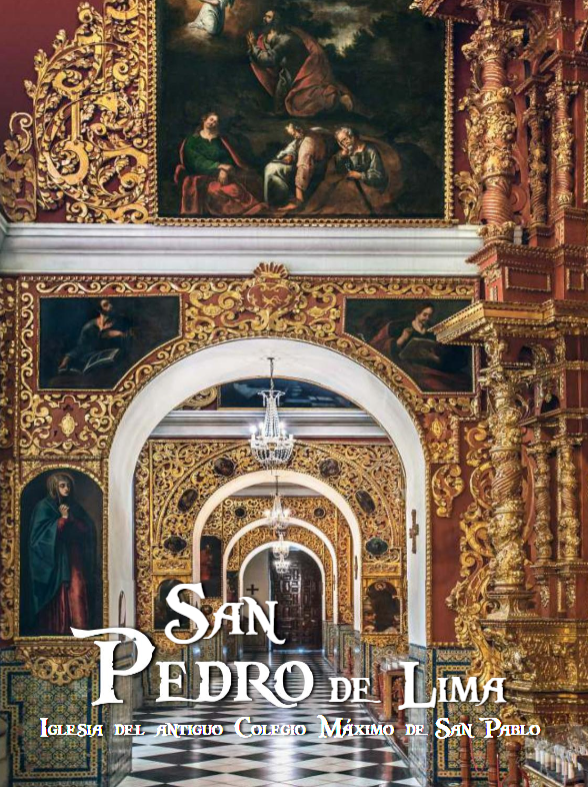
Libraries
Libraries
San Pedro de Lima, Antiguo Colegio Máximo de San Pablo
In March 1568, the first Jesuit expedition arrived at the port of Callao and soon after, the San Pablo School and Church was created in Lima, today known as the San Pedro Church. The historical and artistic importance of this architectural jewel of the viceroyalty period, built more than 400 years ago in the Peruvian capital, is the central theme of this book, volume XLV of the Arte y Tesoros del Perú collection.
Through the texts of renowned specialists from Peru and abroad, such as Ramon Mujica and Gauvin Alexander Baily, the institutional history of San Pedro, its role as a spiritual centre and the educational and evangelizing work carried out by the Jesuits in the city of Lima are recounted. In addition, the artistic treasures safeguarded by the Church are portrayed. Thus, to know this monument is to remember the history of its founders: the Society of Jesus.
The book is divided into two parts. In the first part, San Pedro Jesuit Mission Center, we reflect on the Society of Jesus from its foundation to the evangelizing project in America. In addition, it explores little-known or widely publicized aspects such as the pharmaceutical work carried out at San Pedro’s Pharmacy. The second part, Art and Sacred Space, is dedicated to the art collections of San Pedro. After a formal analysis of the monumental complex and an extensive study of documentary sources, the authors provide important data on the iconographic programme developed by the Jesuits: the importation of images and paintings by notable European artists gave the Church a cosmopolitan character and influenced the formation and development of Lima painters.

